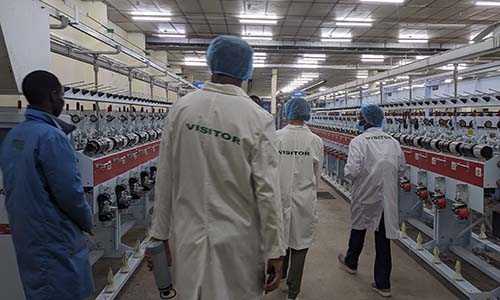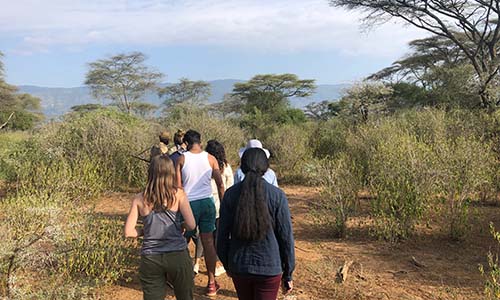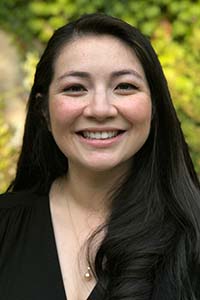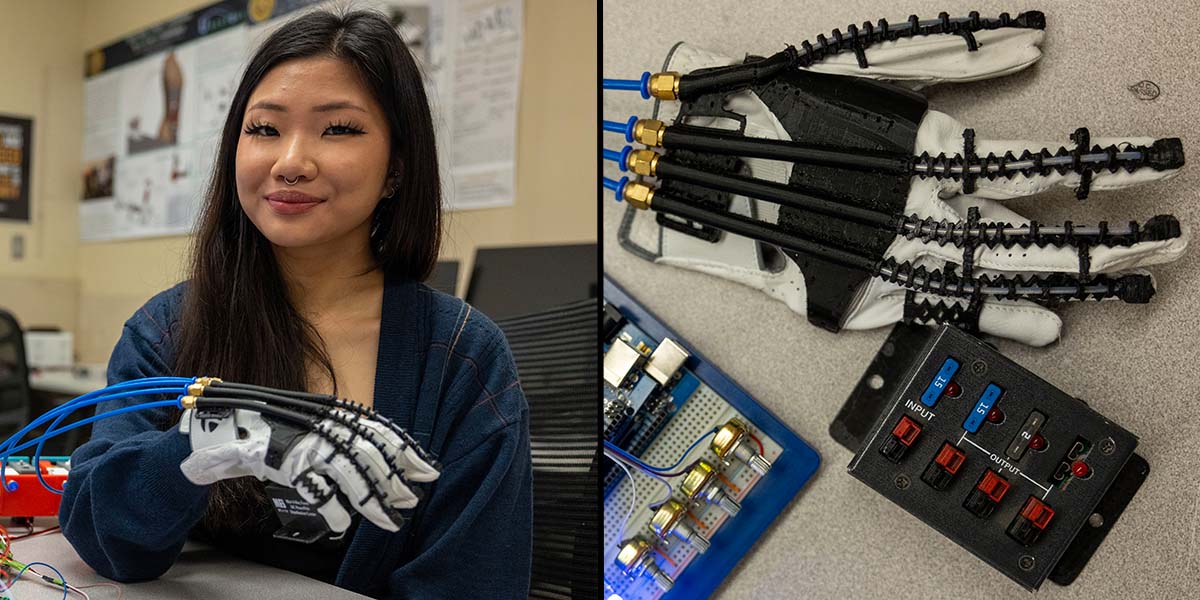SFSU celebrates new Science and Engineering Innovation Center with dedication ceremony
The new science building creates a dynamic, inclusive learning environment by ‘putting science on display’
SAN FRANCISCO – January 24, 2025 – San Francisco State University (SFSU) held a dedication ceremony today for its new Science and Engineering Innovation Center (SEIC), an all-electric science building filled with innovative student-centric teaching spaces. Located prominently on 19th Avenue, the building was constructed with the future in mind, specifically designed to prepare students for various STEM workforces while emphasizing student academic support and sustainability.
“In some ways more important from the local perspective, 80% of our science and engineering alumni live in the Bay Area, 83% stay in California and 8% of the employees in the largest Bay Area biopharma companies are [from] San Francisco State. This new center will grow the already significant number of alumni working in the Bay Area STEM industries by preparing our graduates to better compete in these fields. An investment in San Francisco State is an investment in the health and future of California,” said San Francisco State University President Lynn Mahoney during the ceremony.
At the ceremony, San Francisco Board of Supervisors President Rafael Mandelman, District 19 Assemblymember Catherine Stefani and CEO of Gilead Daniel O’Day shared SF State’s role in the biotech and engineering pipelines and how SEIC will prepare SFSU’s diverse students for the industry workforce.
The ceremony marked the completion of the new 125,000-square-foot SEIC building and renovation of the existing adjacent Science Building. SEIC is home to the College of Science & Engineering’s (CoSE) Department of Chemistry & Biochemistry and School of Engineering (SOE), as well as the CoSE dean’s office and the College of Professional & Global Education (CPaGE) campus operations on the fifth floor.
The college anticipates SEIC will serve all 7,000 CoSE students and thousands of general education students each year. The building is also open to the University community for seminars, workshops, student activities and more. CoSE Dean Carmen Domingo hopes that the building will be an inclusive space where students can see themselves as future engineers, chemists and scientists. By “putting science on display,” SEIC can help demystify what it means to be a scientist — and who can be in these fields.
“The SEIC is more than a science building; it’s an inclusive space for students to explore, innovate and learn with cutting-edge technology and talented faculty,” said Domingo. “This major achievement, made possible by our generous partners and donors, will help thousands of diverse graduates make a profound impact on our regional workforce.”
A few of SEIC’s highlights include:
- A configurable large learning space for over 100 students on the first floor that can be rearranged to facilitate group work, with an interactive AV system that allows students and instructors to dynamically share work and learn from each other.
- Three studio-style integrated lecture/lab chemistry classrooms
- Chemistry research labs with industry-standard equipment, introducing new experimental capabilities for protein crystallography, enzyme kinetics and drug development
- A robotics and mechatronics lab with a multi-robotic-arm-automatized assembly line
- Power systems (a collaboration with PG&E) and energy systems labs (supporting a Department of Energy-funded Center of Excellence in energy efficiency) to study power distribution and HVAC/energy research, respectively
- A structural and seismic engineering lab with strong wall and floor and a robotic motion platform to test structural dynamics, hazard mitigation and more
- A makerspace and two garages with large and small machining equipment for student projects, like concrete canoes, Formula 1 SAE racecars, steel bridges and other senior projects
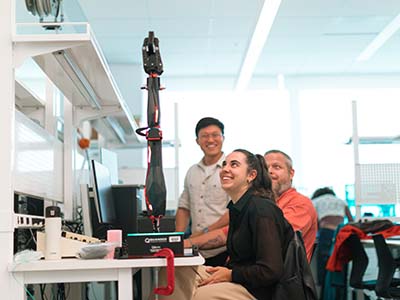
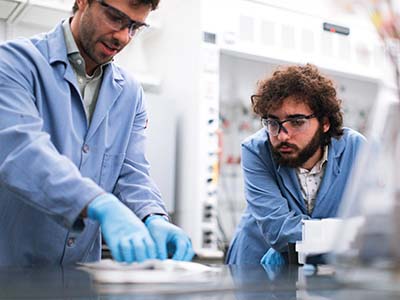
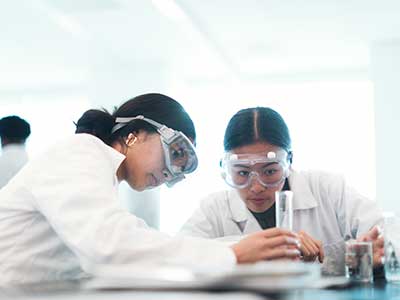
New equipment and programs in the building were funded by the Catalyze the Future campaign, which raised over $25 million from private sources. Individual donors — alumni and non-alumni alike — made generous gifts to support SFSU’s continued leadership in fueling the region’s biotech and tech workforce pipelines. Industry partners such as the Genentech Foundation, Gilead Foundation, Agilent and Keysight were among the generous corporate donors helping outfit SEIC with the cutting-edge research equipment and support for student success initiatives and programming. Additionally, a $5 million challenge grant from the Wayne and Gladys Valley Foundation was crucial to the campaign’s success.
Based on student feedback, SEIC includes comfortable study spaces with ample natural light throughout the building. The design also incorporated spacious workspaces for group work, such as tutoring and senior projects. Many of the rooms and labs have large windows so visitors can see research happening in real time.
“It’s really cool. We have a building we can be proud of and say, ‘Come, check out this work,’” said Senior Computer Engineer Emely Villa, who has been looking forward to working in SEIC since coming to SFSU in 2021. “There are a lot of display areas, too, where our old projects are going to be able to be displayed. … It’s very nice to be proud of showcasing the work at the new [SEIC].”
SEIC is on track for LEED (Leadership in Energy & Environmental Design) Gold certification. In November, at the CSU Facilities Management conference, SEIC won two awards for the architecture and engineering and the energy efficiency categories. The building is SFSU’s first all-electric building with a micro-grid; it has roof-top solar panels and a battery back-up power system. The landscaping incorporated adaptive and native plants, no-mow grass and bioswale to improve its resistance to climate change.
